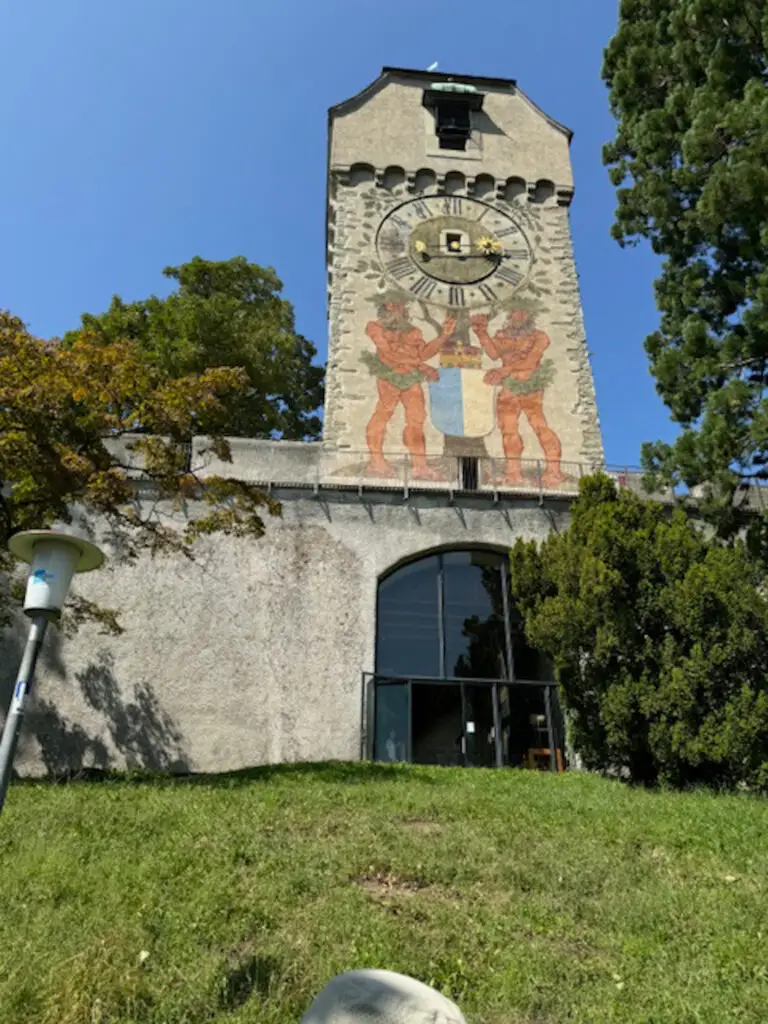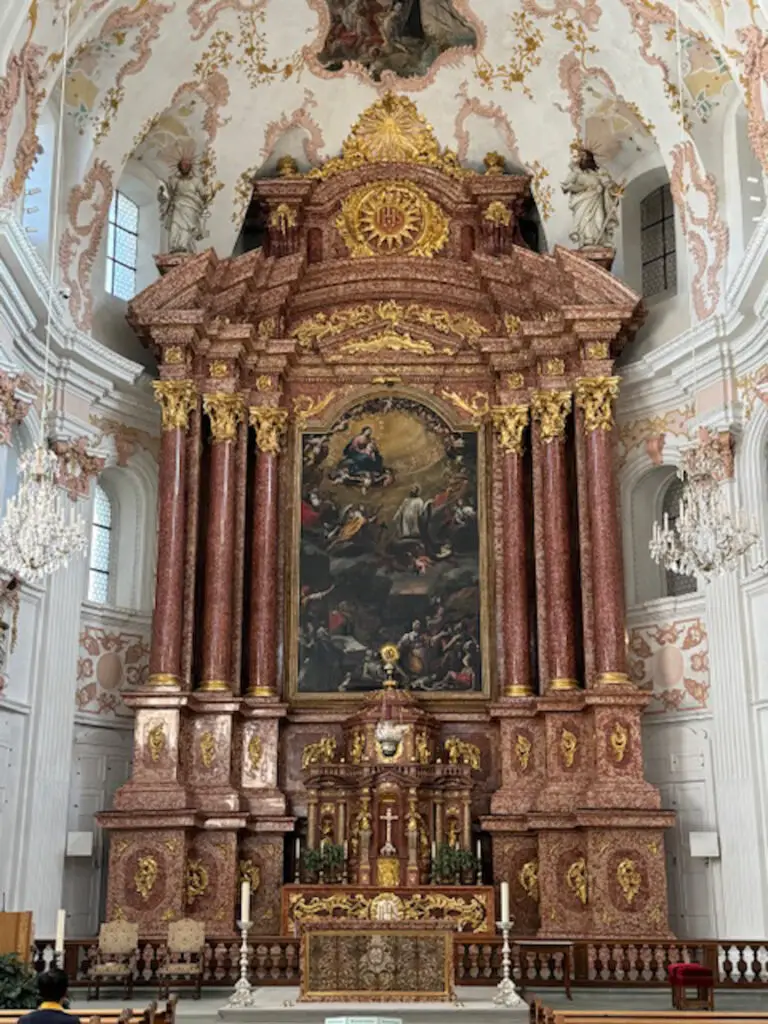We had an idea of covering some items on our last day in Lucerne, but on impulse we ducked into the Lucerne History Museum as we passed. What a surprise! Besides excellent displays of historical and everyday items over the centuries, each floor also had a special exhibit, usually interactive, that would follow a specific theme. One floor covered fake news over hundreds of years, with current patrons having opportunities to draw or explain their ideas on the subject. Sadly, it was in German, but the pictures were a universal language.
Richard’s Relive video covers our day. See it here: https://www.relive.cc/view/vXOdp81VEkO





Masks are symbols used in the Lucerne carnival. It is a humorous and satirical carnival, celebrated around Lent. These characters used in the masks date from the 15th century, and can be found in art around the city.









Time for dinner and the end of another wonderful day. Tomorrow it’s off to Grindelwald.
One Response
Glad you were able to stay another day in Lucerne. So much to do and a beautiful area to explore. The White Church is one of our favorites. Like your discipline, only one picture of food so far.
Dan
Yes! That baroque church was awesome! Looks like you are having a wonderful time! Miss you! Wendy